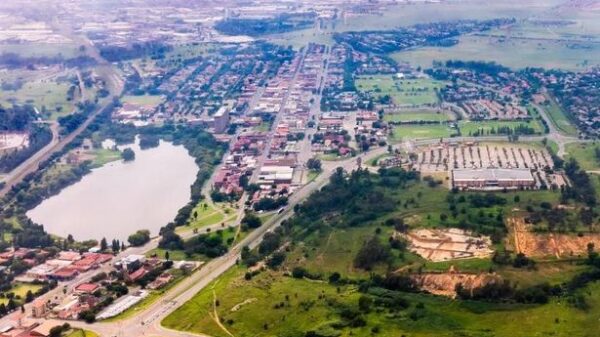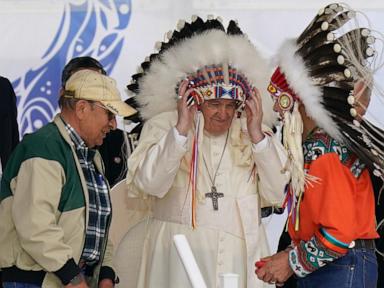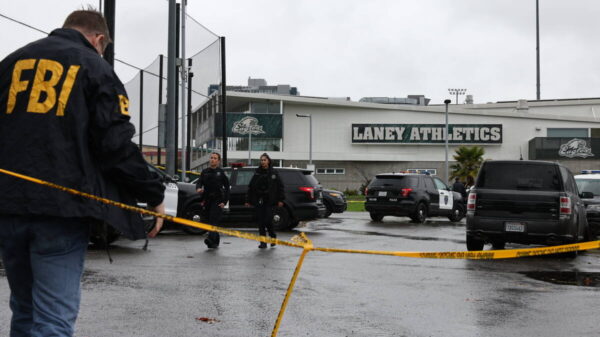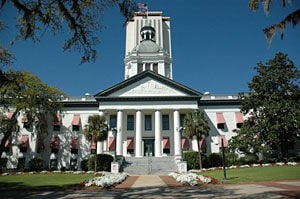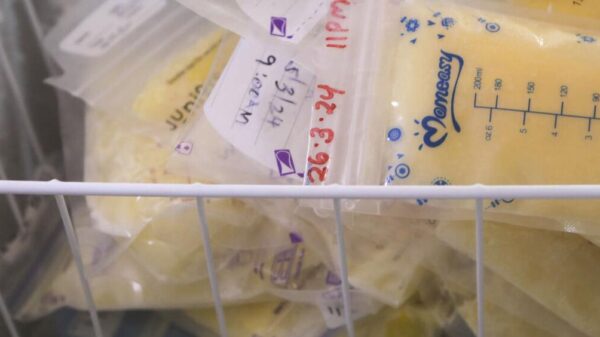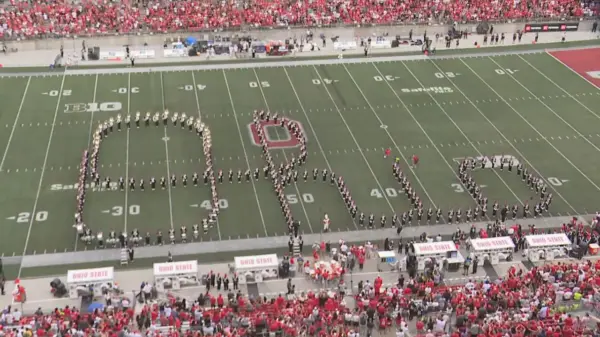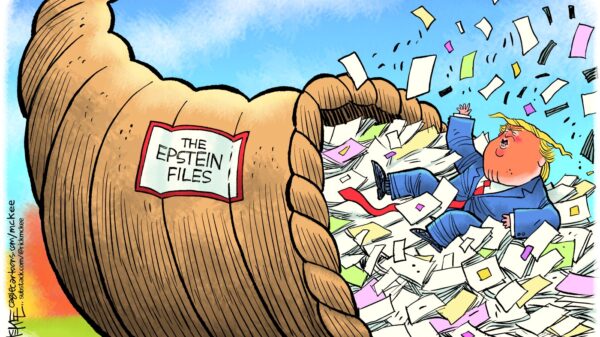Pope Leo XIV returned 62 artifacts to Indigenous peoples from Canada on March 9, 2024, marking a significant step in the Catholic Church’s acknowledgment of its role in suppressing Indigenous culture in the Americas. This collection, which includes an iconic Inuit kayak, was handed over to a delegation from the Canadian Conference of Catholic Bishops during an audience at the Vatican.
The artifacts were part of the Vatican Museum’s ethnographic collection, known as the Anima Mundi museum. In a joint statement released by the Vatican and the Canadian church, the return of these items was described as a “concrete sign of dialogue, respect and fraternity.” The items had been sent to Rome by Catholic missionaries for a 1925 exhibition, during which the church sought to showcase its global reach and the lives of Indigenous peoples impacted by its mission work.
Historically, the Vatican has faced scrutiny regarding the origins of these artifacts. The items were described by the Vatican as “gifts” to Pope Pius XI. Nevertheless, historians and Indigenous advocates argue that the context of colonial power dynamics raises questions about the voluntary nature of these donations. During the same period, Catholic religious orders were complicit in the Canadian government’s forced assimilation policies that contributed to what the Truth and Reconciliation Commission termed “cultural genocide.”
The return of the items followed a pivotal meeting in 2022, when Pope Francis engaged with Indigenous leaders who had traveled to the Vatican to receive his apology for the church’s involvement in Canada’s residential schools. During this visit, leaders requested the return of specific objects from the Vatican collection, which included wampum belts, war clubs, masks, and the Inuit kayak.
Pope Francis expressed support for returning these cultural artifacts on a case-by-case basis, stating, “In the case where you can return things, where it’s necessary to make a gesture, better to do it.” The Vatican officially cited this philosophy in its recent actions, returning the artifacts as part of the ongoing dialogue about the church’s colonial legacy.
Significance of the Artifact Return
The Vatican’s return of the artifacts coincides with the centennial of the 1925 exhibition, emphasizing the importance of the gesture within the context of reconciliation. According to the joint statement, this act serves as a testament to the historical intersection between faith and Indigenous cultures.
The Canadian bishops have committed to ensuring that the artifacts are “properly safeguarded, respected and preserved.” It has been made clear that while the bishops will receive the items, the ultimate custodians will be the Indigenous communities themselves. The artifacts are slated to be initially housed at the Canadian Museum of History in Gatineau, Quebec, where experts and Indigenous groups will work together to trace their origins and determine the best path forward for their stewardship.
In 2023, the Vatican took further steps to confront its colonial past by formally repudiating the “Doctrine of Discovery.” Historically rooted in 15th-century papal bulls, this doctrine provided a moral justification for the colonization and seizure of Native lands. The Vatican’s statement expressed that the return of the artifacts symbolizes a concluding chapter in the journey initiated by Pope Francis towards acknowledging and addressing past injustices.
While the Vatican’s actions represent a significant move towards reconciliation, they do not fully address Indigenous calls for the formal rescission of the papal bulls that facilitated colonial expansion. Nonetheless, the return of these artifacts marks a pivotal moment in the ongoing dialogue between the Catholic Church and Indigenous communities, highlighting the importance of respect and recognition of cultural heritage.
As the conversation surrounding restitution continues, the Vatican’s actions serve as a reminder of the complex history shared between faith and culture, and the importance of acknowledging and rectifying past wrongs.





